The 70s and 80s were all about unforgettable dance moves that got everyone on their feet. From disco fever to breakdancing, each era brought its own style and rhythm to the dance floor. Iconic steps like the Hustle and the Moonwalk became more than just moves—they turned into cultural sensations. These dances didn’t just stay in nightclubs; they took over the world through TV shows, movies, and even living rooms. Let’s take a trip back to the most memorable dance crazes that defined these electric decades.
The Hustle
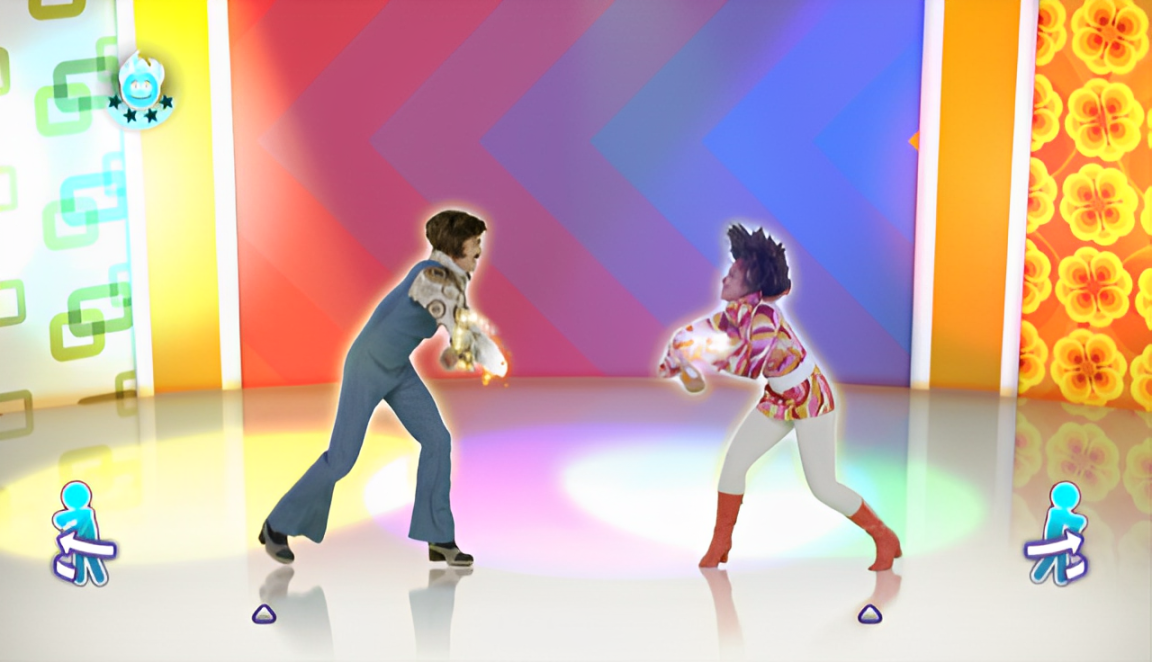
The Hustle swept the 70s dance floors with its catchy rhythm and smooth partner moves. Originating in New York City, it was popularized by Latin and disco dance communities who mixed steps with Latin flair. It became a household craze thanks to movies like Saturday Night Fever, turning clubs into disco havens across the U.S. With its quick turns and synchronized style, The Hustle was not just a dance—it was a whole vibe that captured the heart of the disco era. This partner dance continued to evolve, keeping its place as a beloved staple in dance clubs.
The Electric Slide

The Electric Slide emerged in the late 70s as a fun line dance set to a simple, upbeat rhythm. Created by choreographer Ric Silver, it quickly became a popular choice at parties and weddings. With easy-to-follow steps, it appealed to people of all ages, making it an instant hit at gatherings. Unlike more complicated partner dances, the Electric Slide was accessible to everyone, creating a sense of unity on the dance floor. Its flexibility allowed it to adapt to different music styles, keeping it relevant over decades.
The Moonwalk
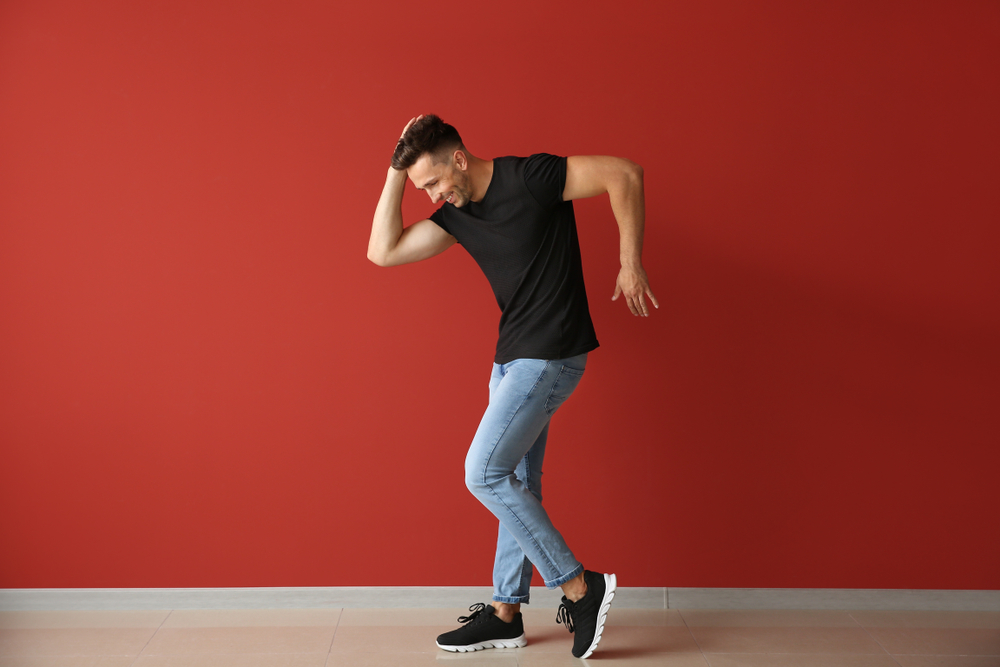
The Moonwalk became legendary in the 80s, thanks to Michael Jackson’s iconic performance during Motown 25: Yesterday, Today, Forever. Though Jackson popularized it, the move itself originated in street dance scenes and mime performances. It quickly became synonymous with his name, sparking endless fascination with its illusion of gliding backward. The Moonwalk was mesmerizing and mysterious, capturing fans worldwide who tried to replicate the signature move. Jackson’s performance not only made it unforgettable but set a new standard for pop performances.
The YMCA
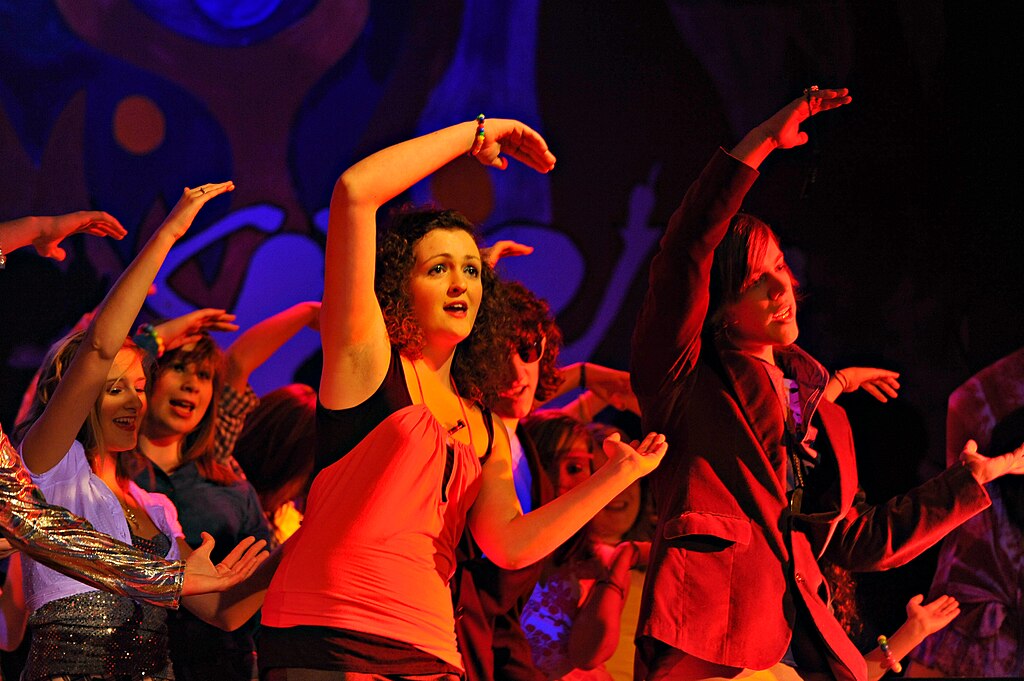
The YMCA dance was inspired by the Village People’s 1978 hit of the same name, bringing a fun, engaging energy to the dance floor. With simple hand movements forming the letters Y, M, C, and A, this dance became a party favorite. The YMCA’s popularity spanned age groups, as it required no complex steps—just enthusiasm and some arm flexibility. Its playful nature and catchy beat made it perfect for social events, becoming a staple at parties, weddings, and sports games. Today, it still gets crowds moving, proving its timeless appeal.
The Robot

The Robot dance, born in the late 60s but popularized in the 70s, mimicked the mechanical movements of a robot. Often credited to breakdancers and poppers, it became a defining element of street dance culture. Its rigid, jerky motions fascinated audiences, turning dancers into moving sculptures that seemed to defy physics. The Robot’s influence spread widely through TV and movies, capturing imaginations with its futuristic style. Even today, it remains a popular choice in street dance competitions and performances.
Breakdancing
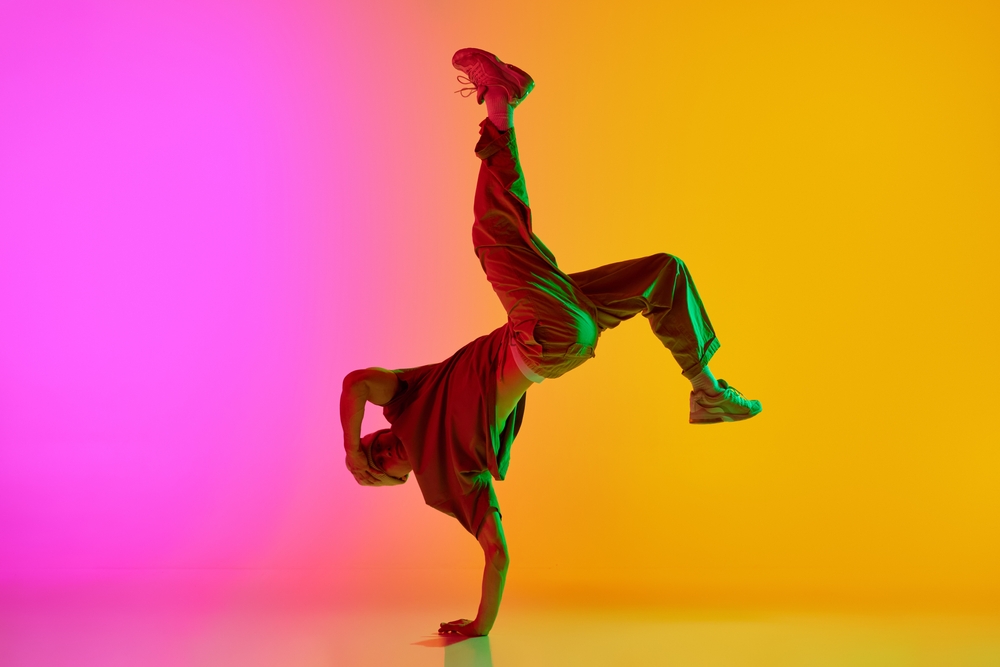
Breakdancing burst onto the scene in the late 70s, originating from New York’s hip-hop culture, particularly in the Bronx. Known for its dynamic moves like spins, flips, and freezes, breakdancing was a blend of athleticism and style. Its popularity skyrocketed through street battles, bringing together communities and fostering creativity. With the release of films like Breakin’ and Beat Street, breakdancing gained mainstream attention, inspiring kids around the world. Its legacy endures, remaining an integral part of hip-hop and street dance culture.
The Bump
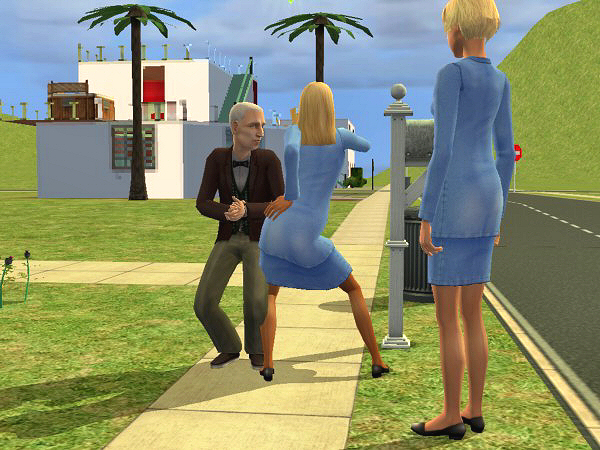
The Bump was a simple yet wildly popular dance that took over discos in the 70s. It involved partners bumping hips to the beat, creating a playful, flirty energy that people loved. Originating from funk and disco tunes, it quickly spread in clubs and became a social phenomenon. The Bump’s simplicity made it accessible to everyone, sparking joy across generations. Its carefree style captured the lighthearted essence of the disco era, making it an unforgettable classic.
The Running Man
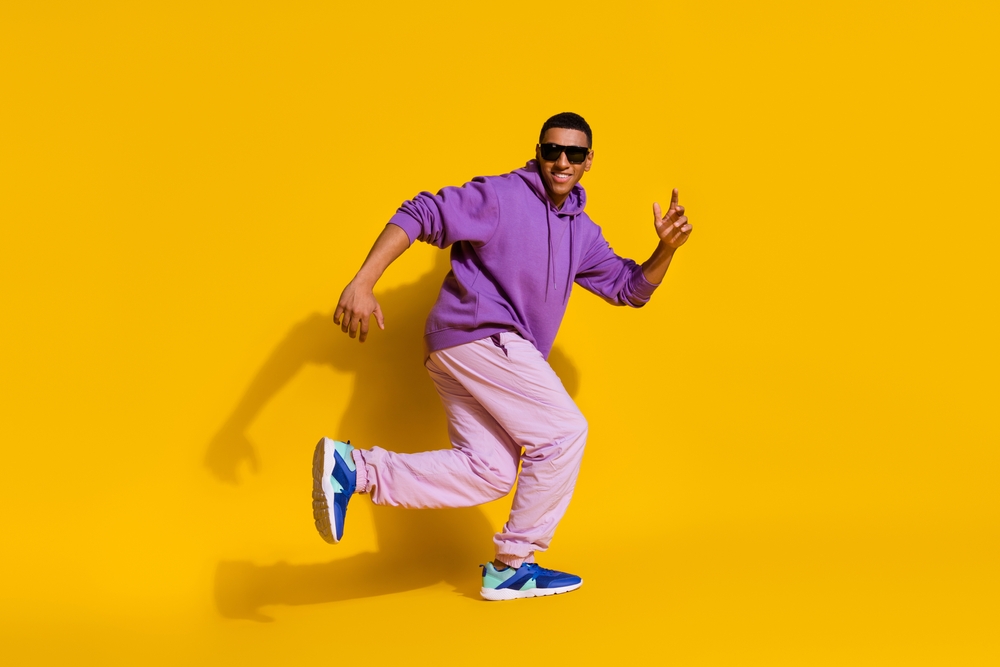
The Running Man became a dance floor favorite in the late 80s, especially in hip-hop circles. Its bouncing, backward-sliding motion created an illusion of running in place, making it both fun and energetic. This dance reached global fame after MC Hammer and Janet Jackson incorporated it into their performances. The Running Man’s simplicity allowed everyone, from kids to adults, to join in, sparking a widespread dance trend. Today, it’s remembered as a staple of 80s and early 90s pop culture.
The Funky Chicken
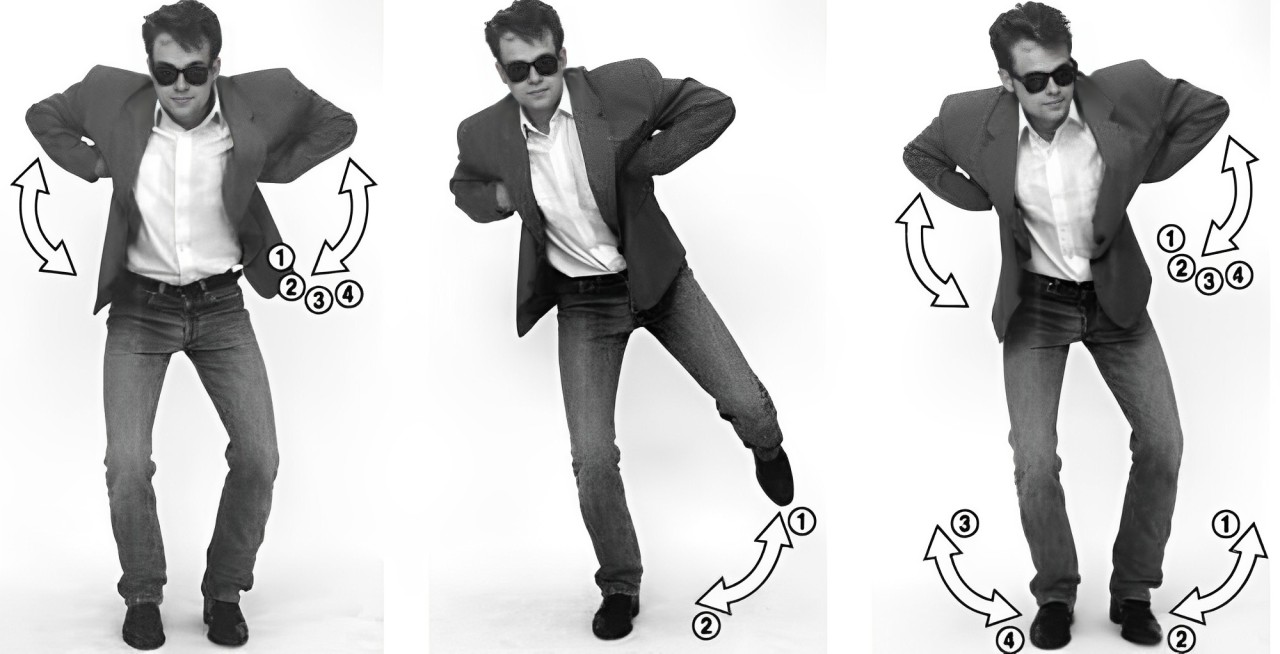
The Funky Chicken was born in the early 70s as a comedic, fun dance that invited dancers to flap their arms and strut like a chicken. Its quirky moves were inspired by Do the Funky Chicken, a song by Rufus Thomas, and brought laughter and light-heartedness to any dance floor. This dance wasn’t about technique—it was about having fun and not taking oneself too seriously. Popular at parties and social events, the Funky Chicken became a favorite for people looking to let loose. Its playful vibe fit right in with the 70s’ funky and carefree style.
The Worm
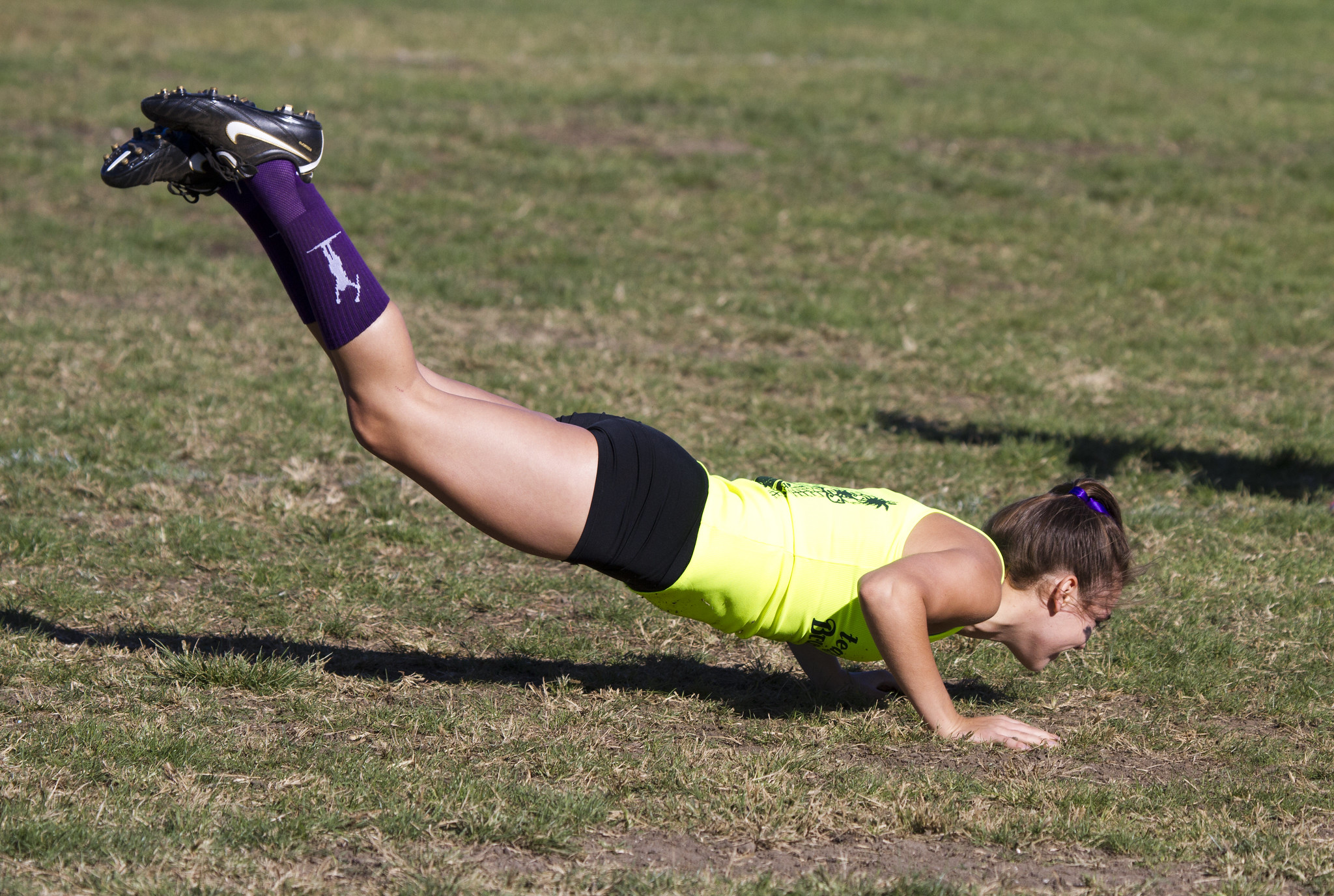
The Worm became a staple of 80s breakdancing, known for its challenging, wave-like motion on the floor. It involves a dancer moving in a wave from head to feet or vice versa, creating an illusion of slithering like a worm. Originating in the breakdance scene, it required strength, rhythm, and practice, making it a standout in dance battles. As it gained attention, The Worm moved from street circles to mainstream stages and TV shows, inspiring countless imitations. Even now, it’s a go-to move in dance battles for its unique visual appeal.
The Lambada
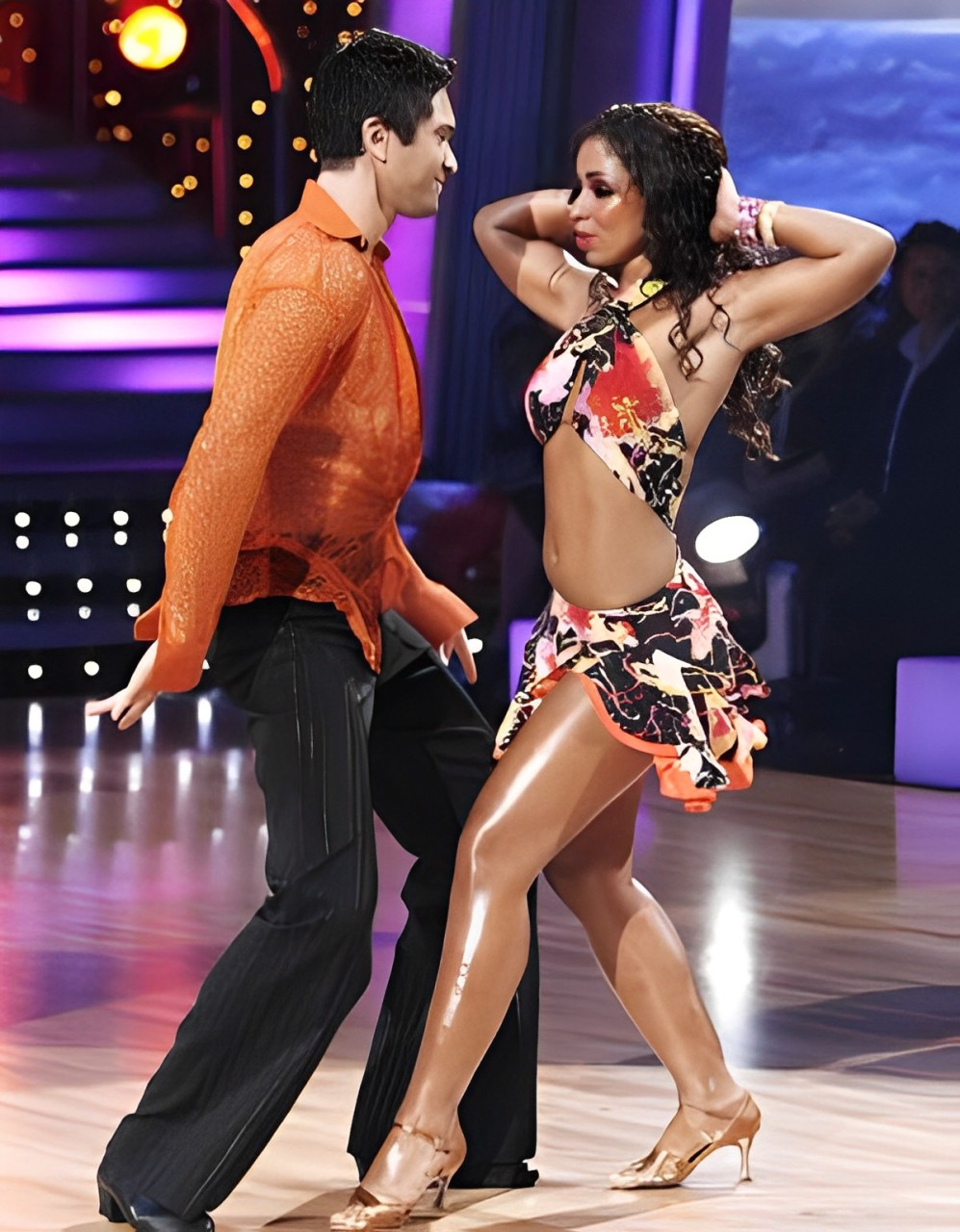
The Lambada, often called the Forbidden Dance, originated in Brazil and gained international fame in the late 80s. Its sensual, close-contact moves made it a controversial yet alluring dance style. Popularized by the song Lambada by Kaoma, it became a global sensation, especially in Latin clubs. The dance’s passionate style made it both exciting and somewhat scandalous, adding to its appeal. Though its peak was brief, the Lambada left an indelible mark on dance culture worldwide.
The Thriller Dance

The Thriller Dance took the world by storm in 1983 with Michael Jackson’s groundbreaking music video. Set to the song Thriller, the dance combined elements of jazz, pop, and horror movie motifs. Choreographed by Michael Peters, it featured zombie-like moves that captivated audiences globally. Halloween parties and flash mobs embraced the iconic dance, cementing its status as a timeless phenomenon. Even decades later, the Thriller Dance remains a favorite for fans of all ages.
The Pogo
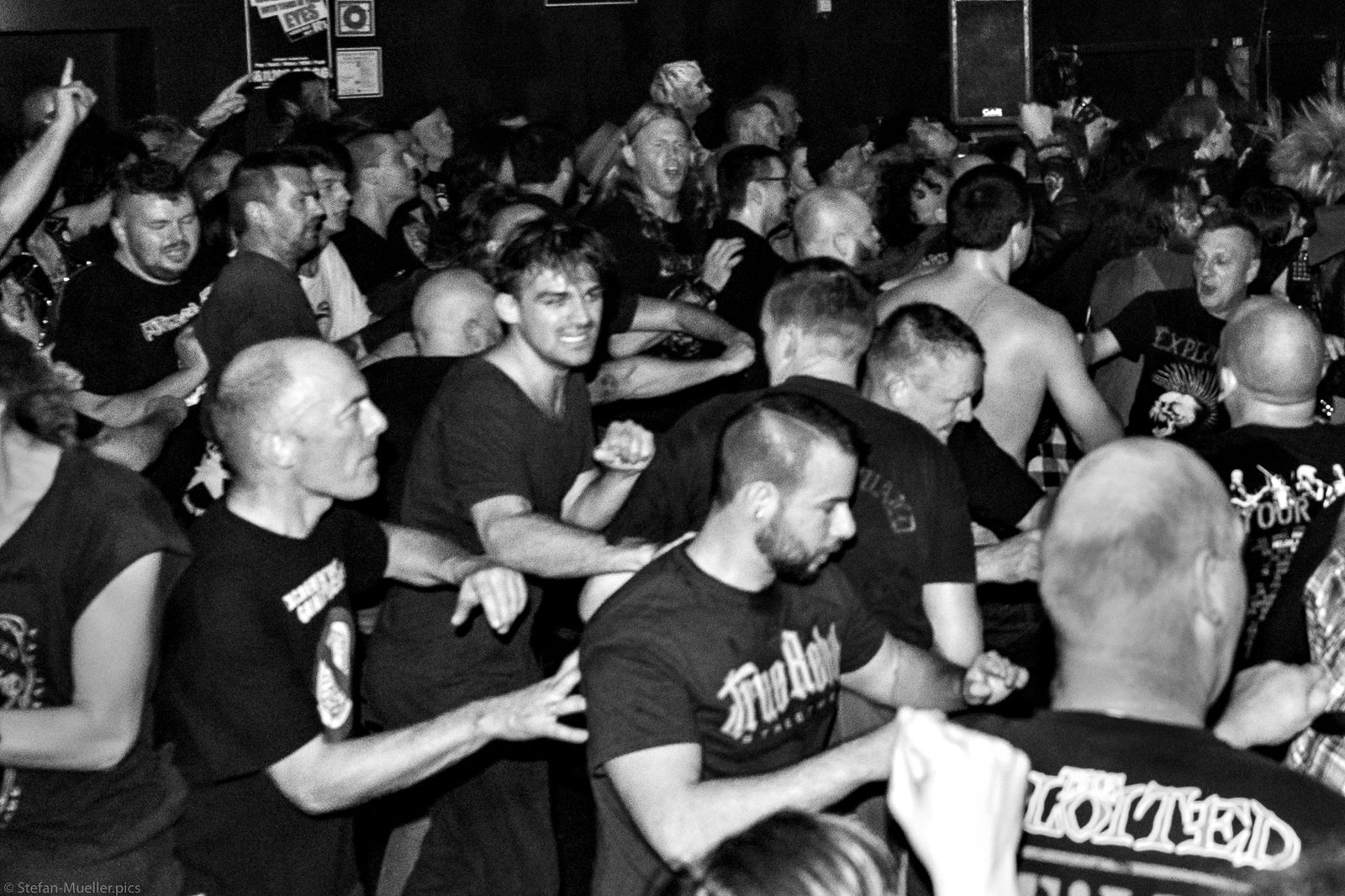
The Pogo emerged from the punk rock scene in the 70s, characterized by energetic, vertical jumping in place. It originated in the UK, popularized by bands like The Sex Pistols, as fans embraced the raw, rebellious energy of punk. Unlike more structured dances, the Pogo was spontaneous and chaotic, reflecting the punk spirit. This dance wasn’t about skill but about releasing pent-up energy and connecting with the music. To this day, the Pogo represents the carefree and unapologetic attitude of punk culture.
The Cabbage Patch
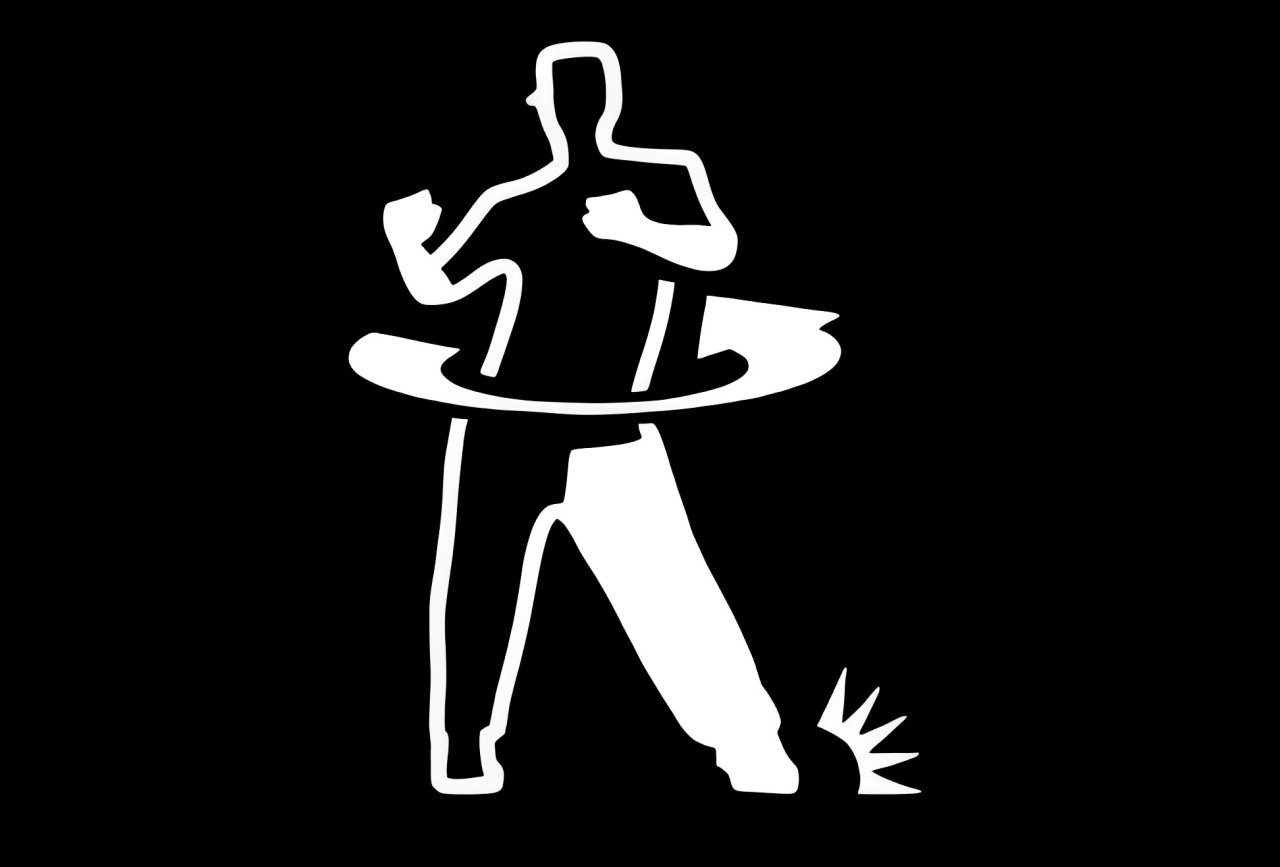
The Cabbage Patch became an 80s sensation with its fun, arm-rolling motion and carefree style. Named after the popular Cabbage Patch Kids dolls, it was a big hit at parties and school dances. The dance appealed to young crowds for its simplicity and playful energy, making it easy to pick up and enjoy. It was frequently featured in music videos, giving it widespread appeal. Even today, it brings back nostalgic memories for anyone who grew up in the 80s.
The Smurf
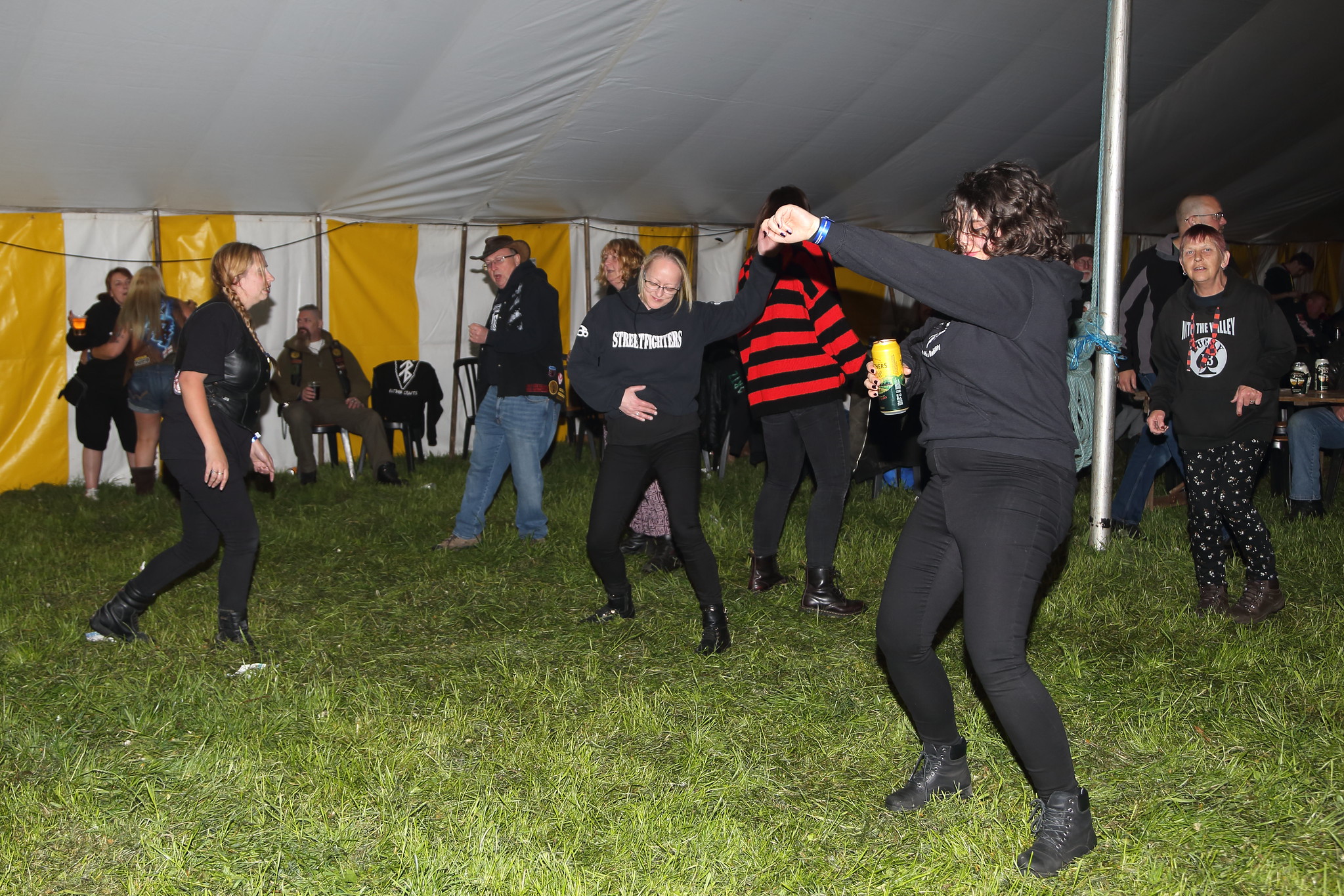
The Smurf dance, inspired by the animated characters, gained popularity in the 80s as a hip-hop dance move. Known for its swaying motion and rhythmic hand gestures, it fit right into the era’s upbeat hip-hop and pop music. Originating in New York’s hip-hop scene, it was often performed at block parties and street gatherings. The dance became a favorite among youth, thanks to its fun, cartoon-inspired vibe. Its playful style made it an essential part of early hip-hop dance.
The Twist
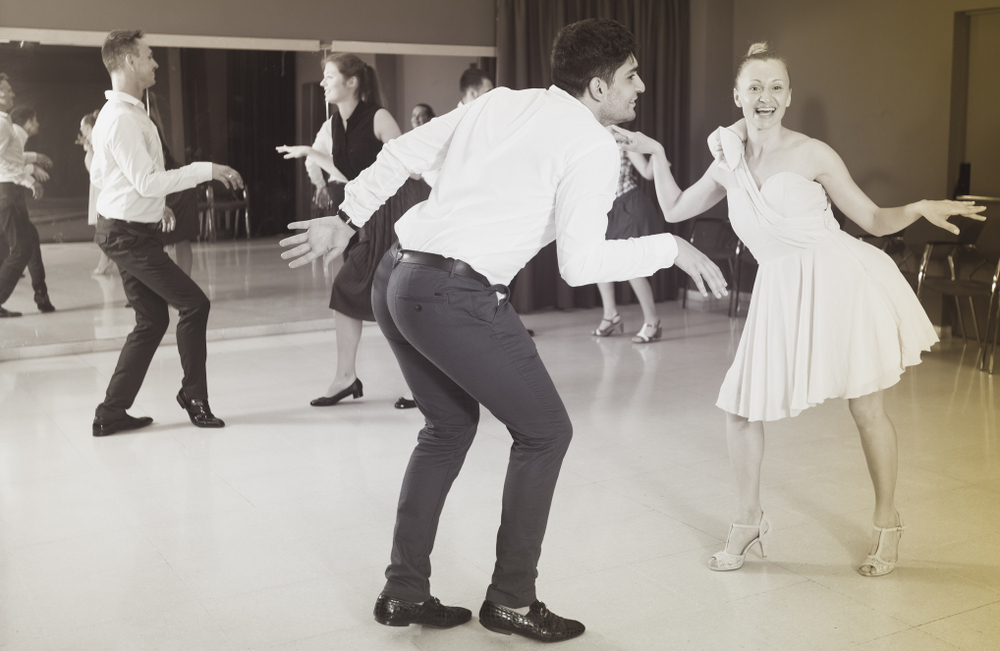
Though it originated in the 60s, The Twist experienced a resurgence in the 70s as a nostalgic party dance. With its simple side-to-side movement, it was easy to learn and perform at gatherings. Initially popularized by Chubby Checker’s hit song, The Twist brought generations together on the dance floor. It became a symbol of carefree fun, enjoyed by both young and old audiences. Even years later, its appeal endures as one of the simplest and most joyful dance crazes.
The Charleston
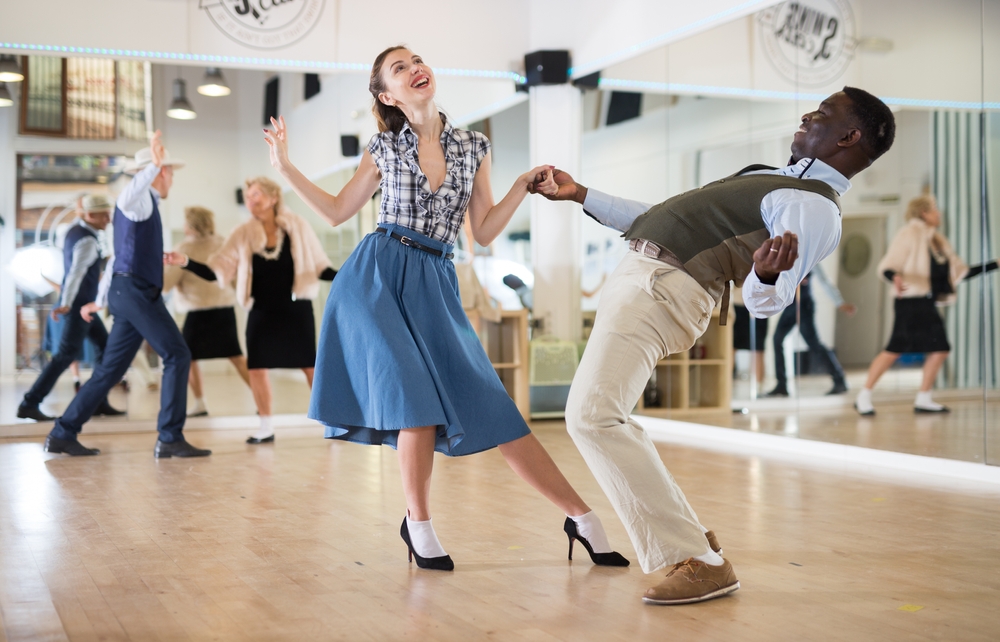
The Charleston, initially popular in the 1920s, saw a revival in the 70s as a nod to retro culture. With its lively kicks and swivels, it blended well with disco music, gaining new fans in clubs. This dance offered a nostalgic yet fresh experience, bringing a classic style back into the limelight. Its appeal lay in its high energy, fun movements, and versatility with different music genres. Even decades later, it’s a favorite in vintage-themed events and dance competitions.
The Macarena
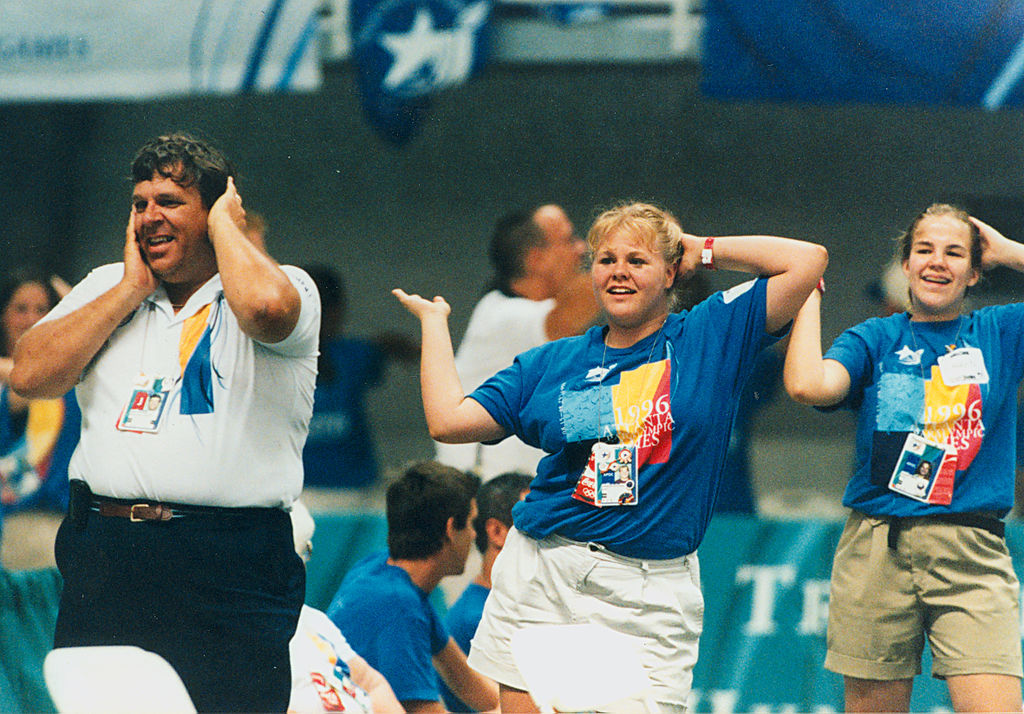
Though it gained mainstream fame in the 90s, the Macarena started as a Spanish dance in the late 80s. The song by Los Del Rio, paired with easy-to-follow hand movements, made it a worldwide hit. Its catchy rhythm and repetitive steps made it a go-to dance at social events, weddings, and parties. The Macarena’s success lay in its simplicity and universal appeal, uniting people through a shared dance. Even today, it’s a guaranteed crowd-pleaser for all ages.
The Line Dance
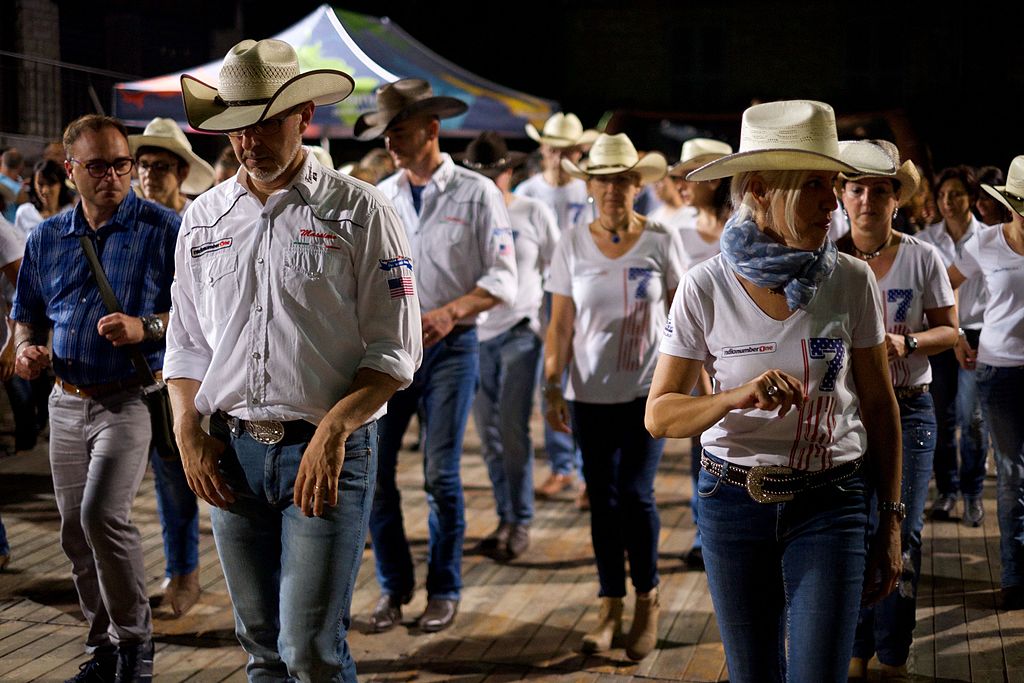
The Line Dance became a staple in both country and pop music scenes throughout the 70s and 80s. Featuring repetitive steps in synchronized lines, it was especially popular in Western-themed bars and dance halls. Its appeal came from the unity it created among dancers, regardless of skill level. With songs like Achy Breaky Heart in the 80s, it quickly gained mainstream popularity. Today, it’s still a favorite for group dancing at social events and concerts.
The Hammer Dance
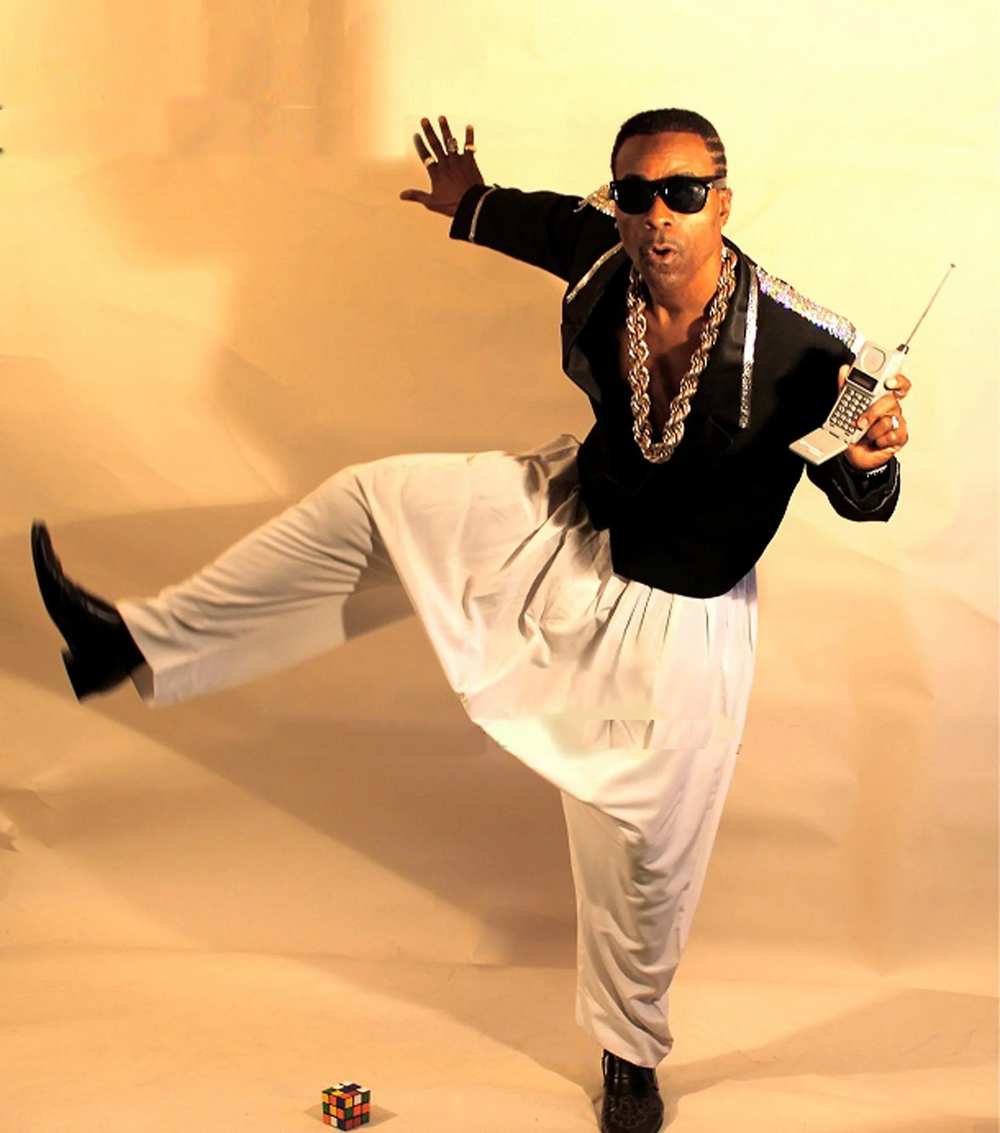
The Hammer Dance, made famous by MC Hammer in the late 80s, was all about exaggerated, energetic moves. The dance complemented his hit song U Can’t Touch This and became instantly recognizable. Known for wide, shuffling footwork, it symbolized the lively, flashy energy of 80s pop culture. Hammer’s unique style brought fans of all ages to try the moves themselves. Its popularity helped shape the golden age of hip-hop dancing. (Note that the singer of the famous dance is pictured above.)
This article originally appeared on UnifyCosmos.
More from UnifyCosmos
20 Breakthrough Roles That Catapulted Actors to Fame
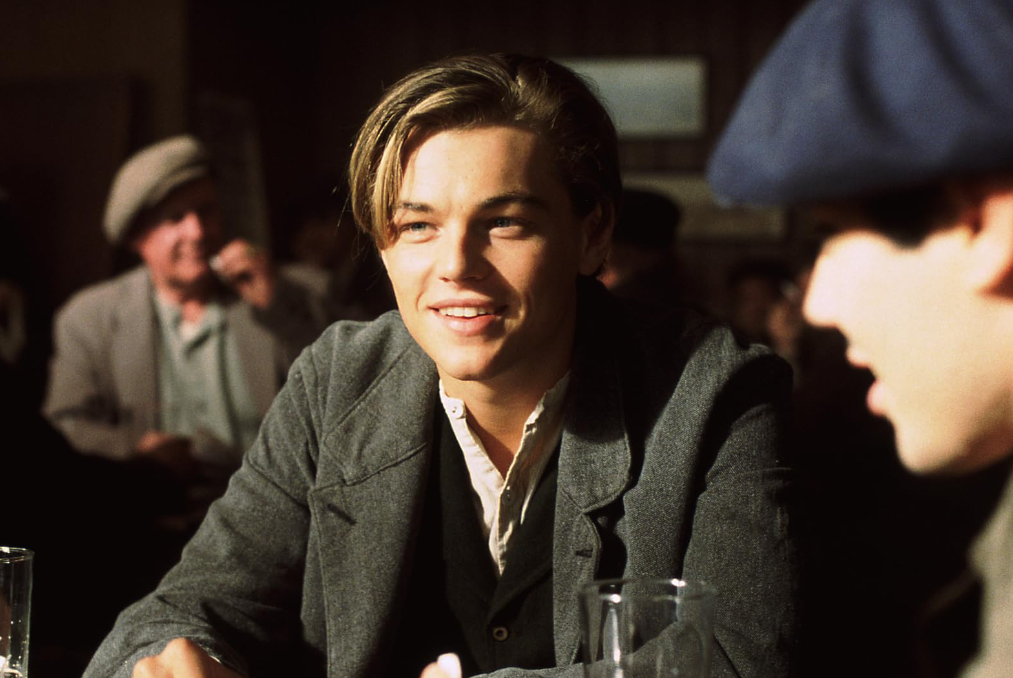
Some performances are so powerful that they catapult actors from obscurity to stardom overnight. These breakout roles showcase raw talent, leaving a lasting impression on audiences and critics alike. Read More
23 Essential Tips for Keeping Your Nails Healthy and Strong
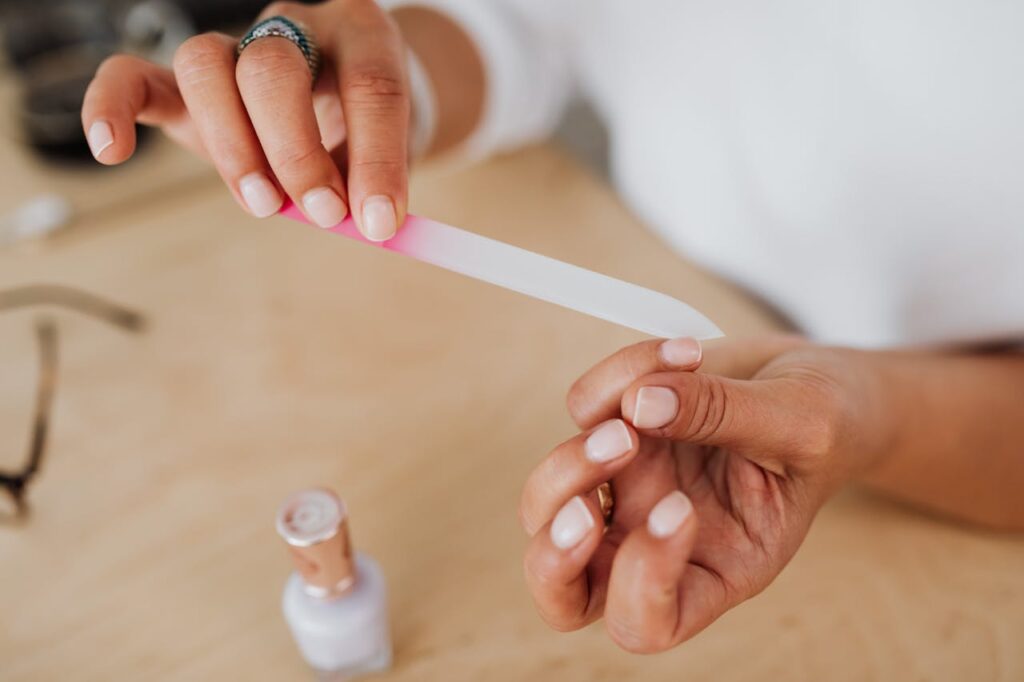
Maintaining healthy nails is essential for overall hand and foot care. Simple daily habits and a bit of extra attention can keep your nails strong, shiny, and resilient. Read More
21 Fall Wellness Retreats to Reconnect and Recharge
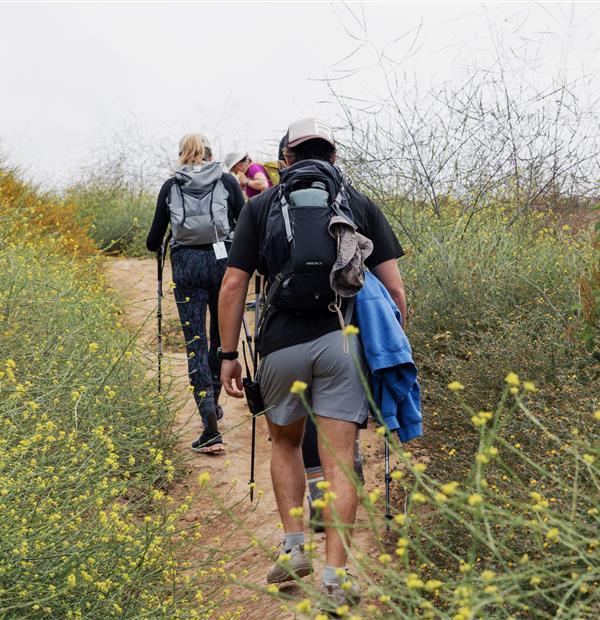
As the seasons shift and the air turns crisp, fall is the perfect time to focus on self-care. Wellness retreats offer a peaceful escape from the everyday hustle, helping you to recharge both mind and body. Read More
Leave a Reply